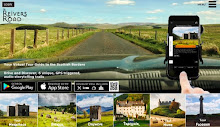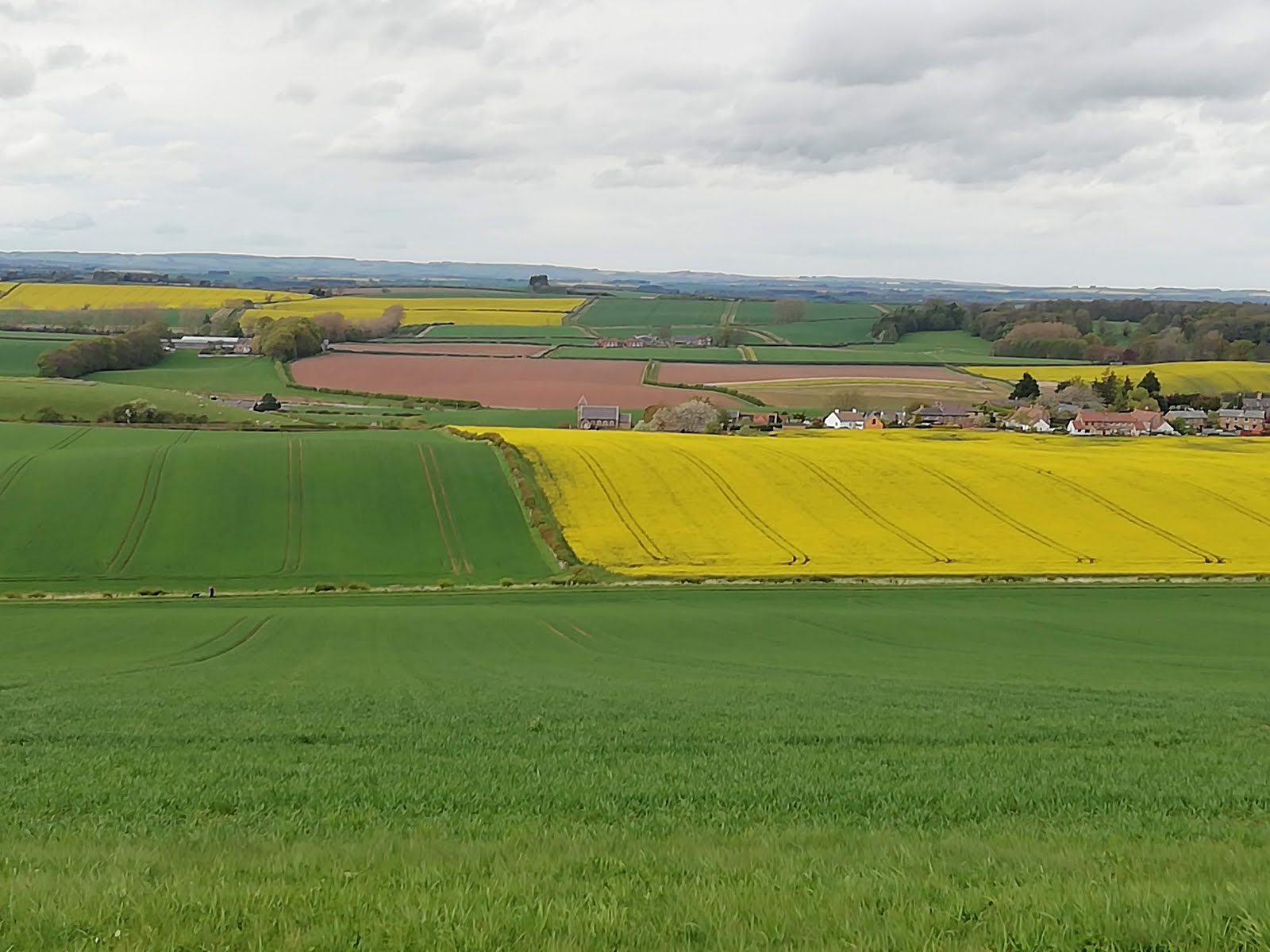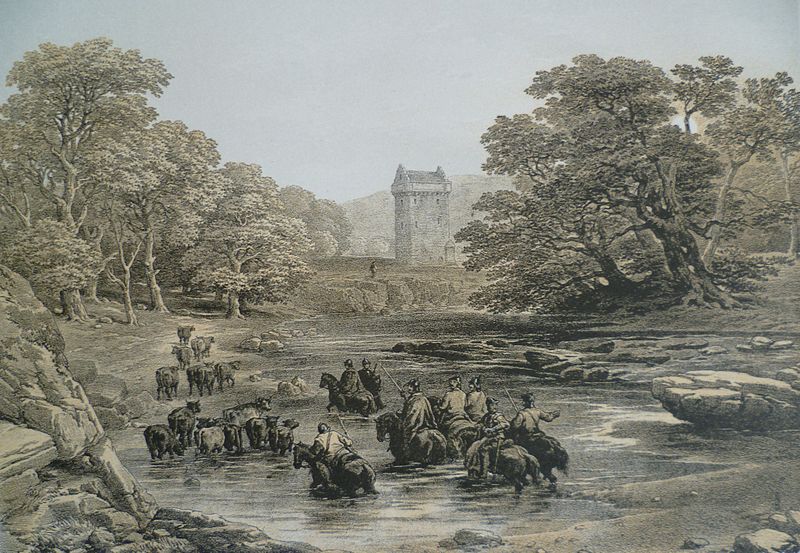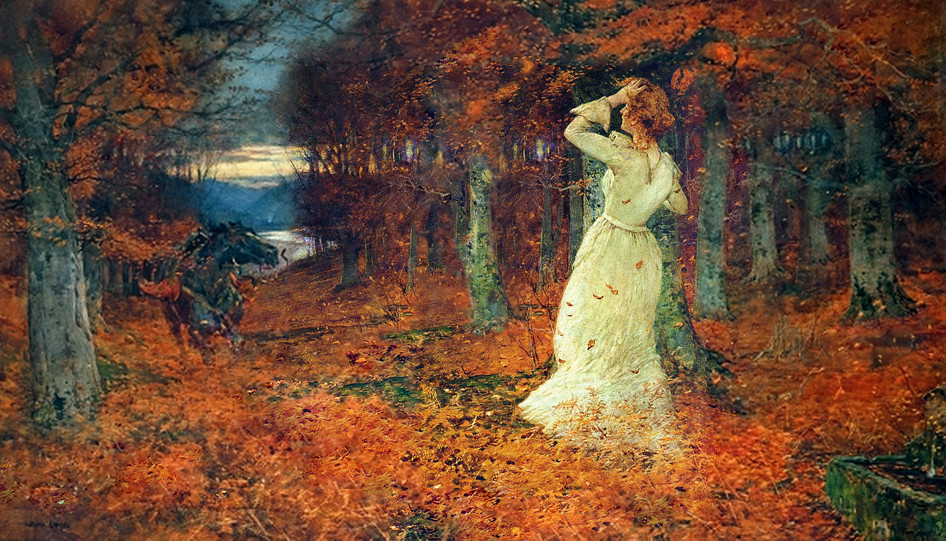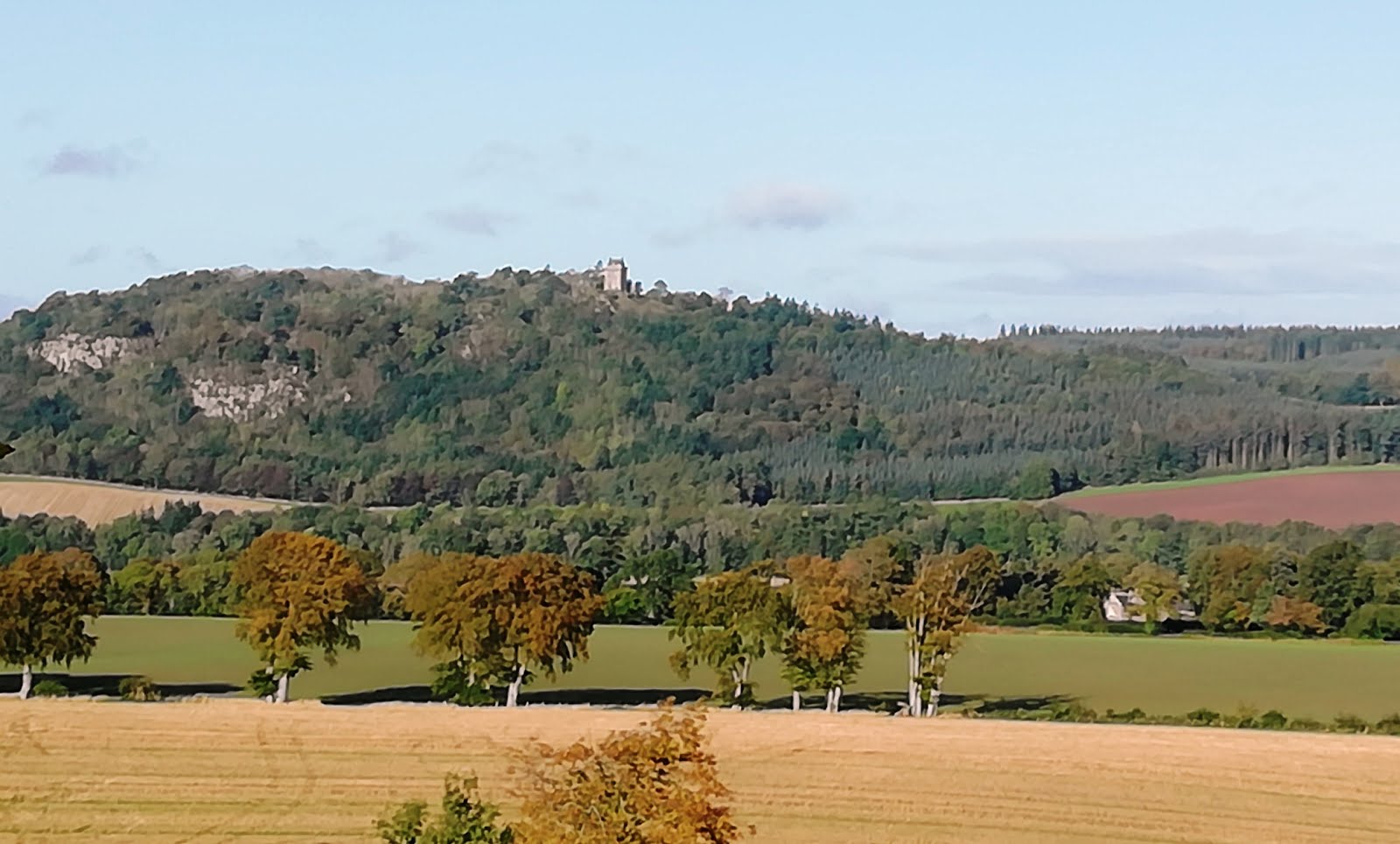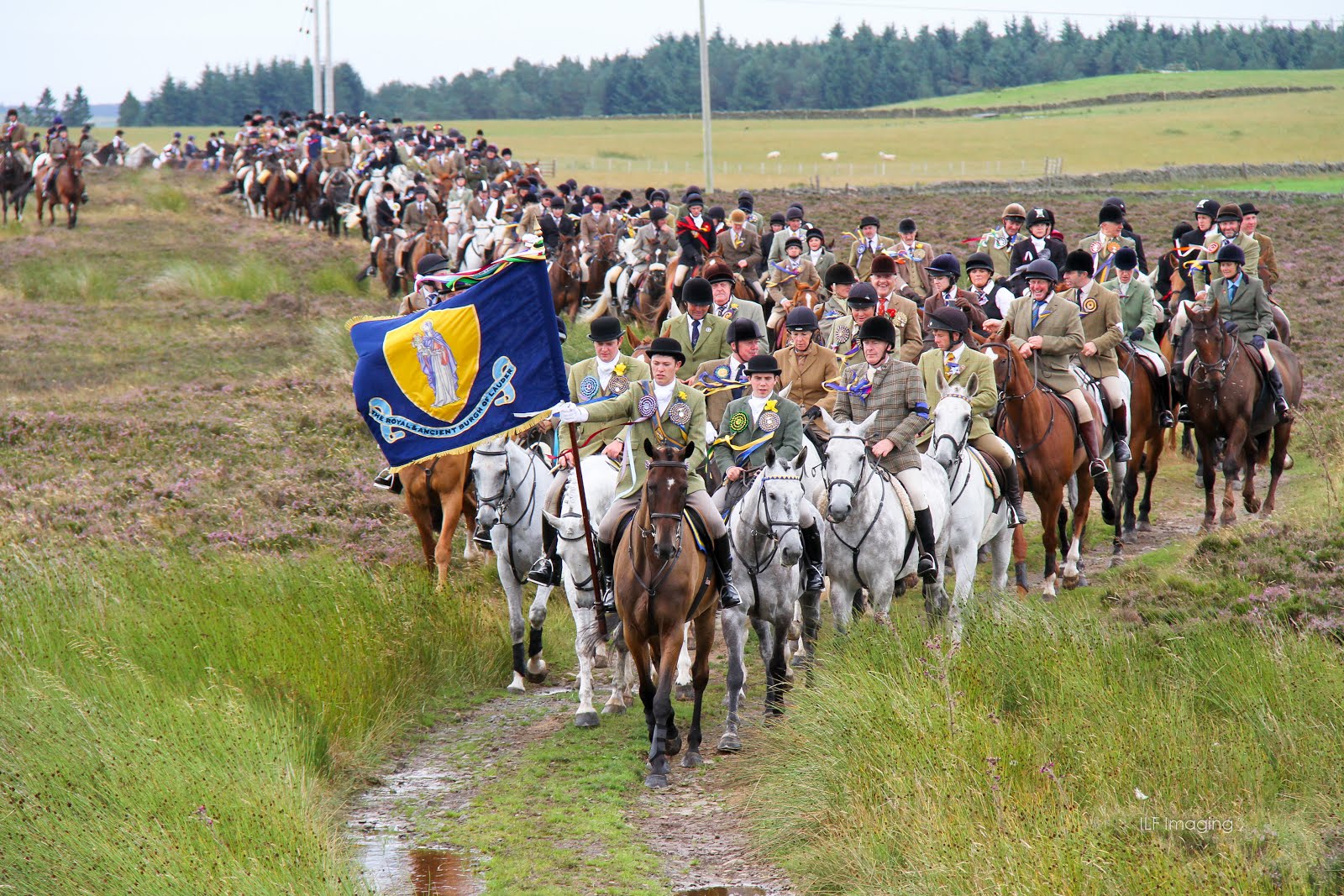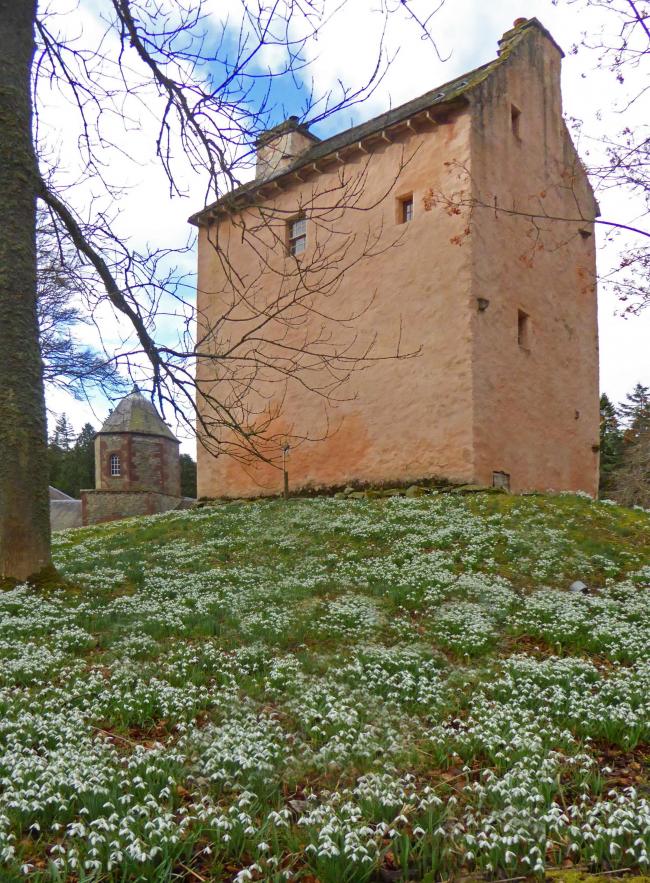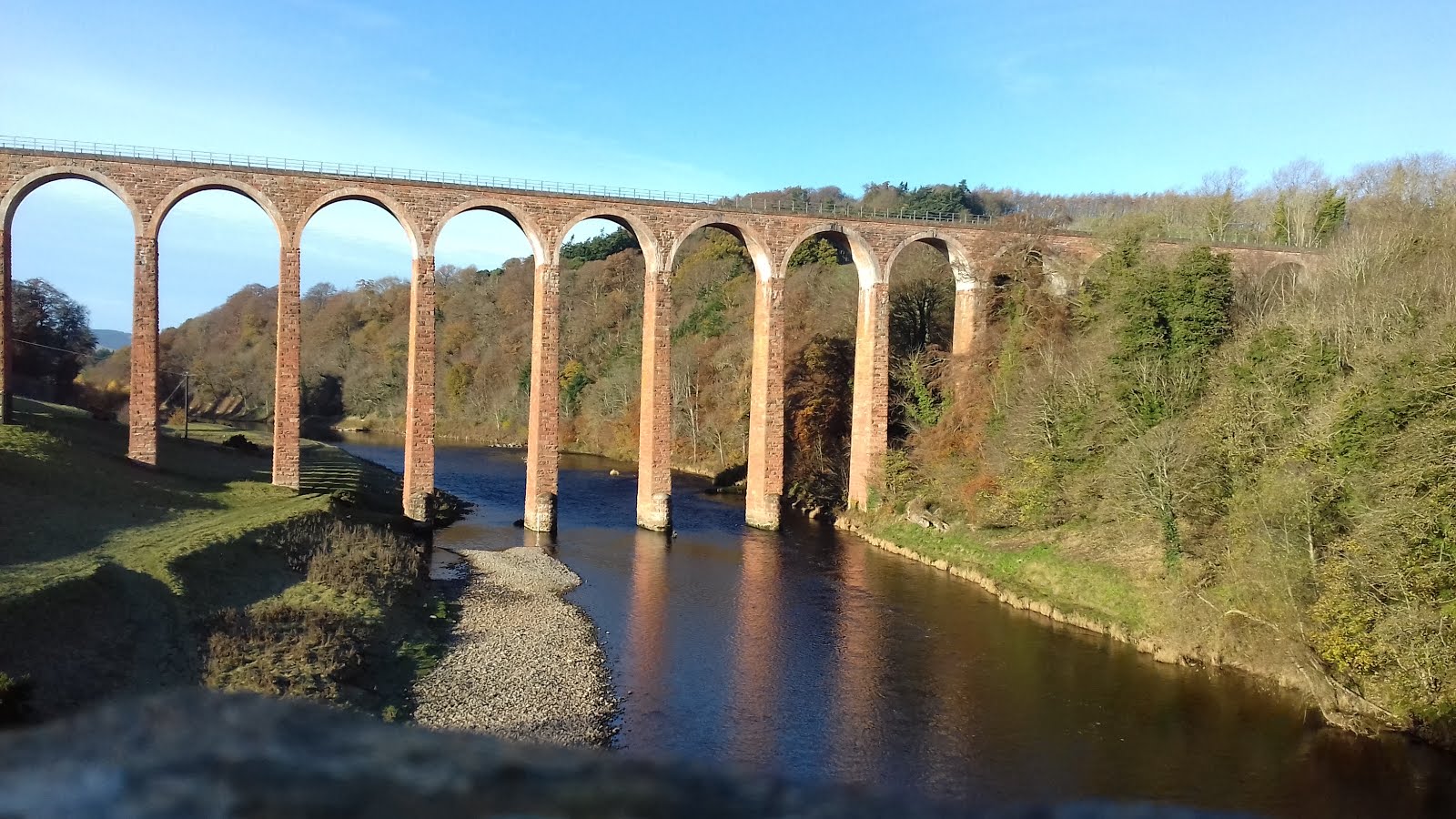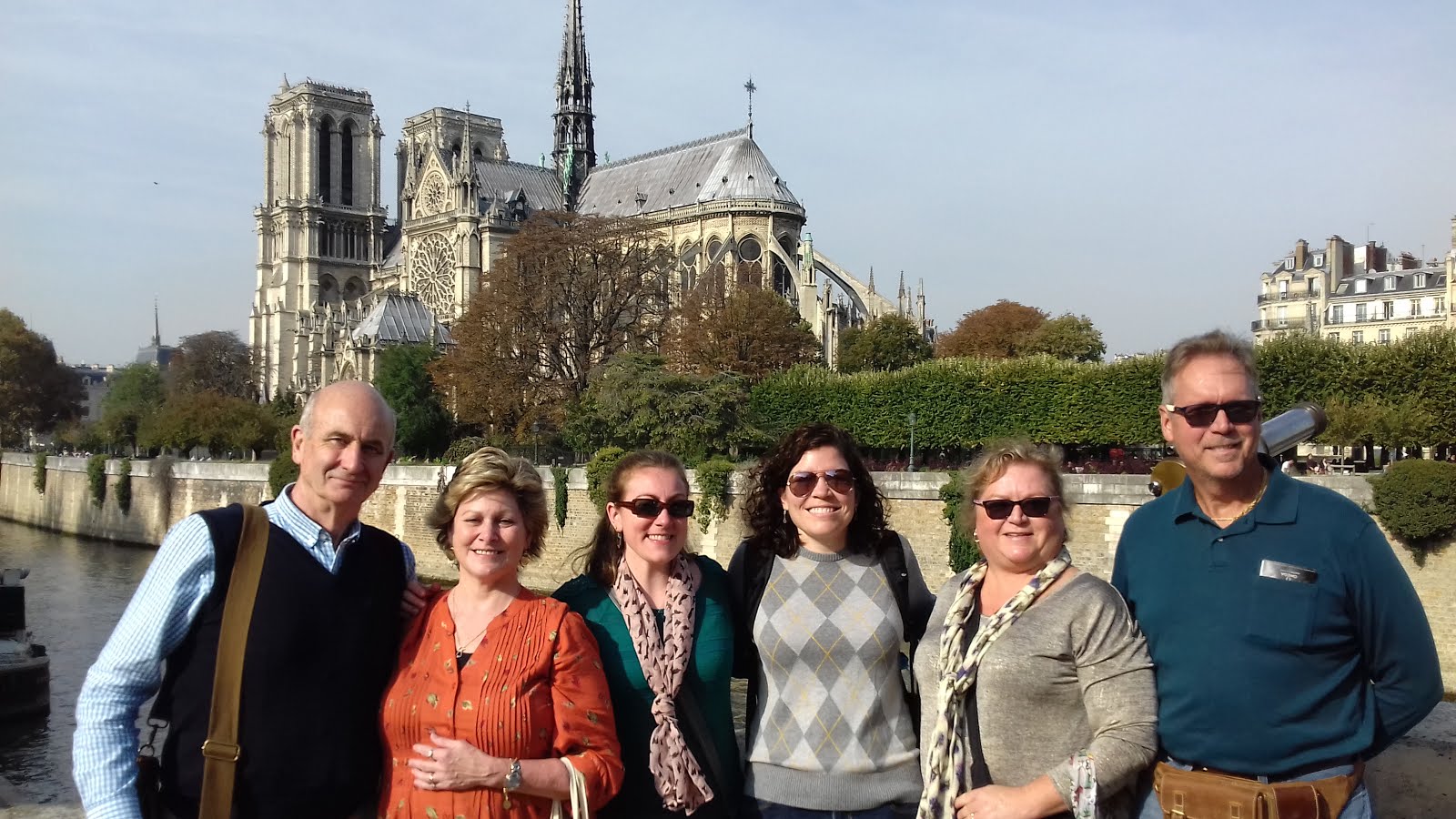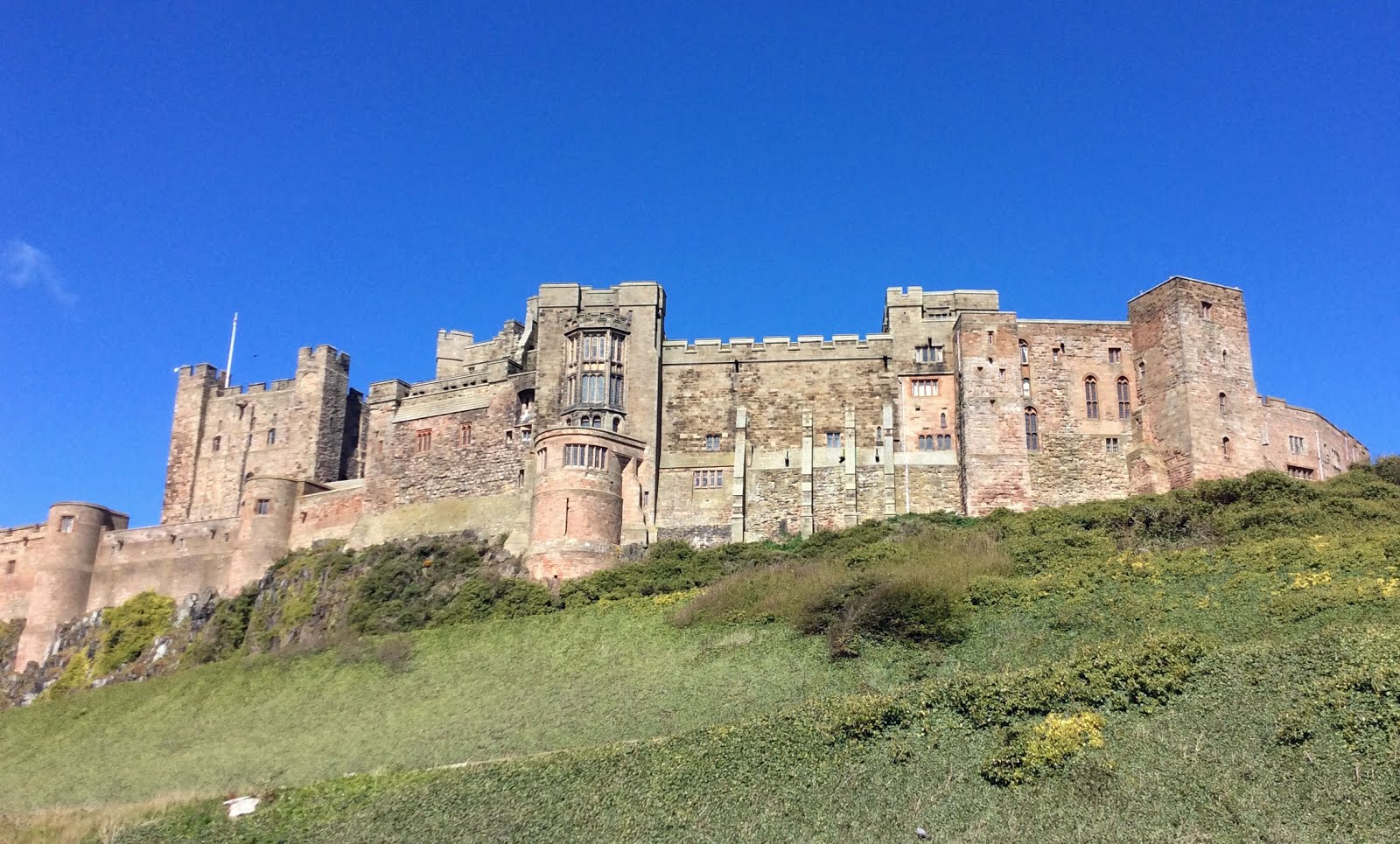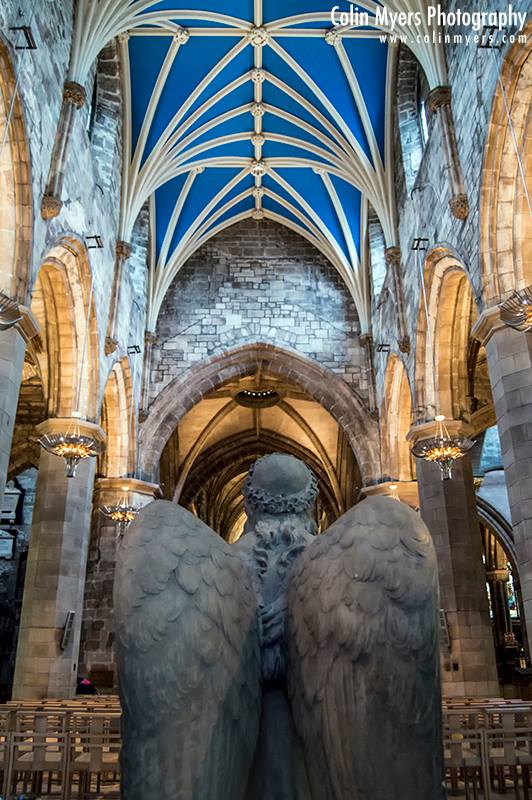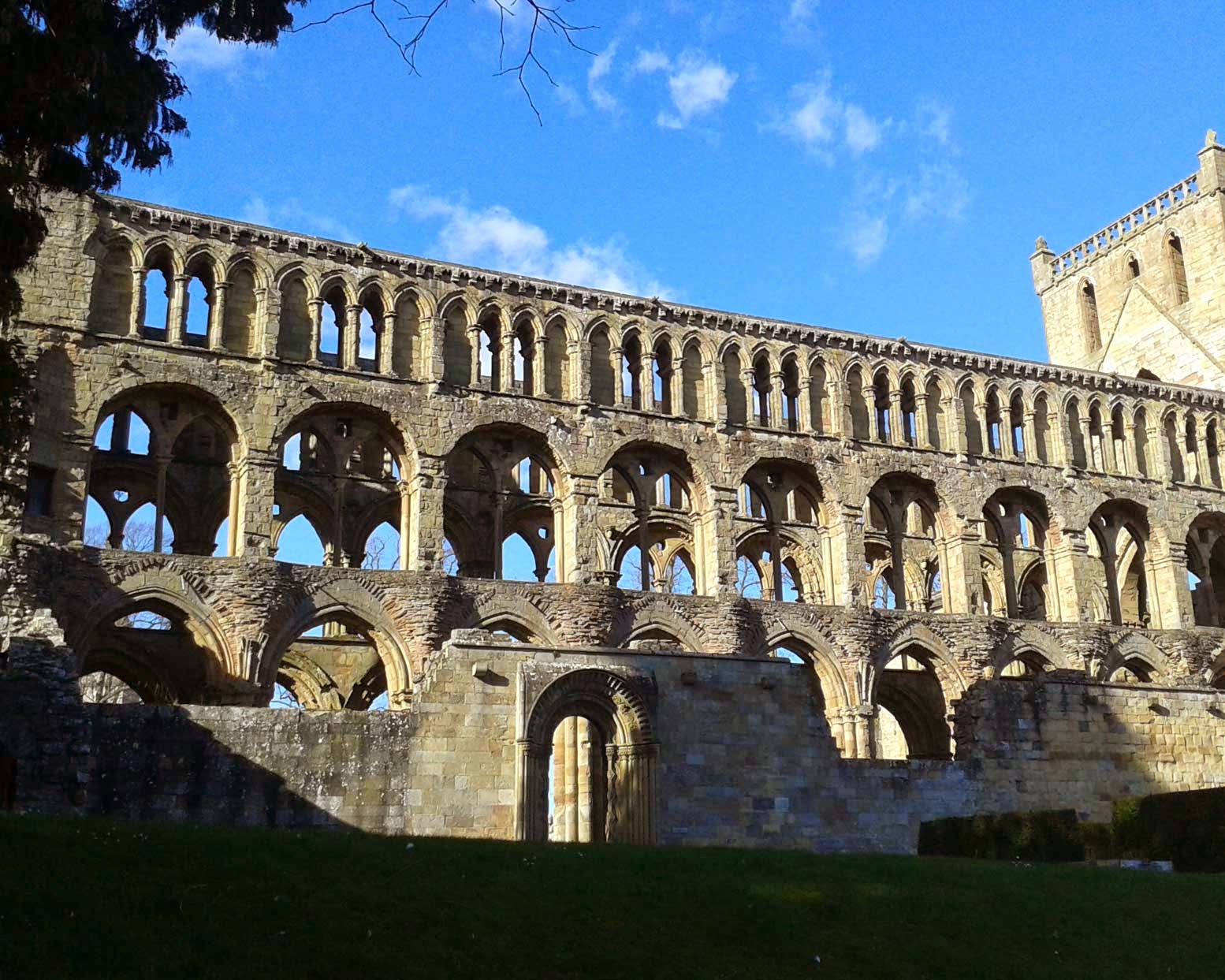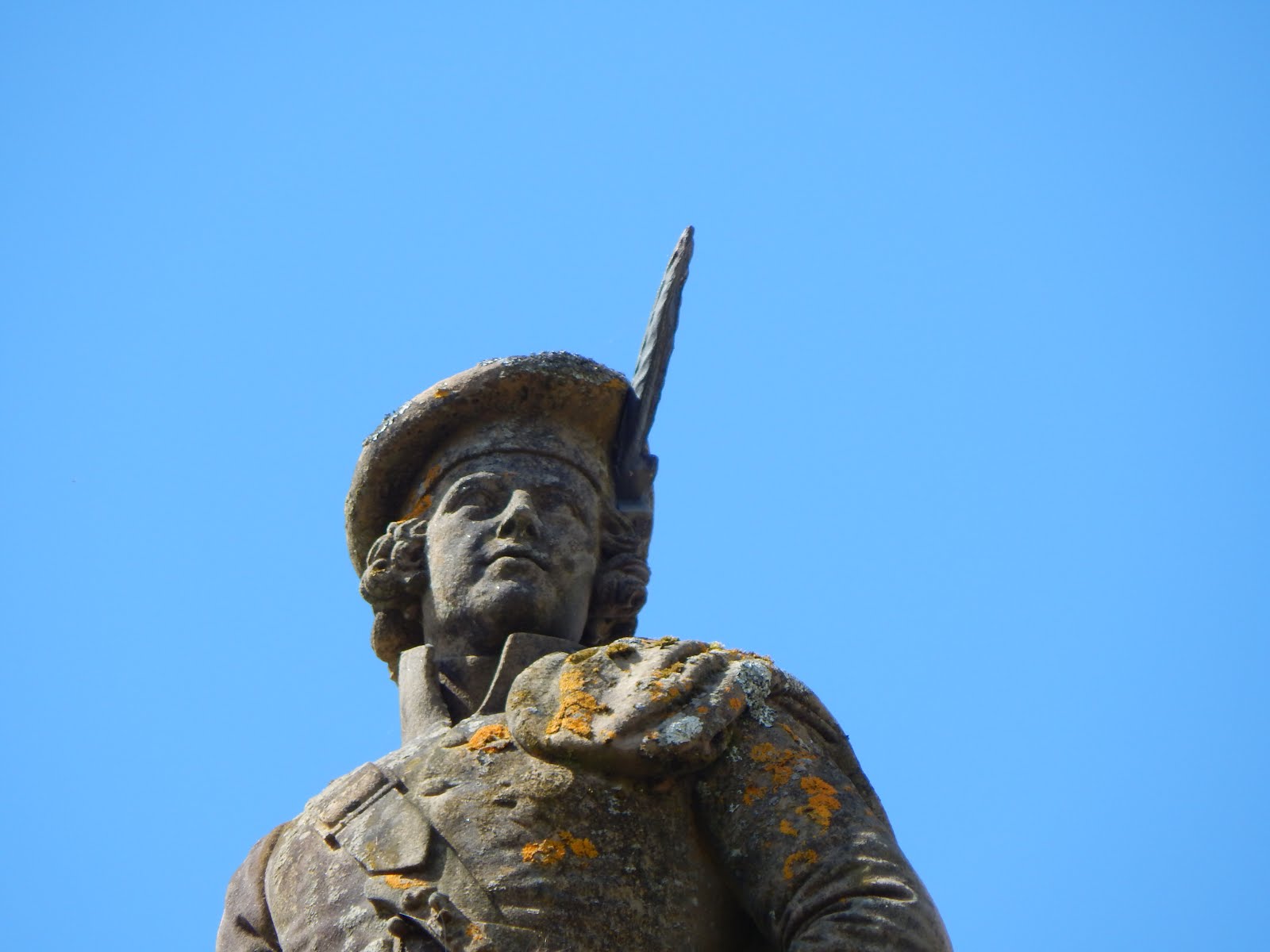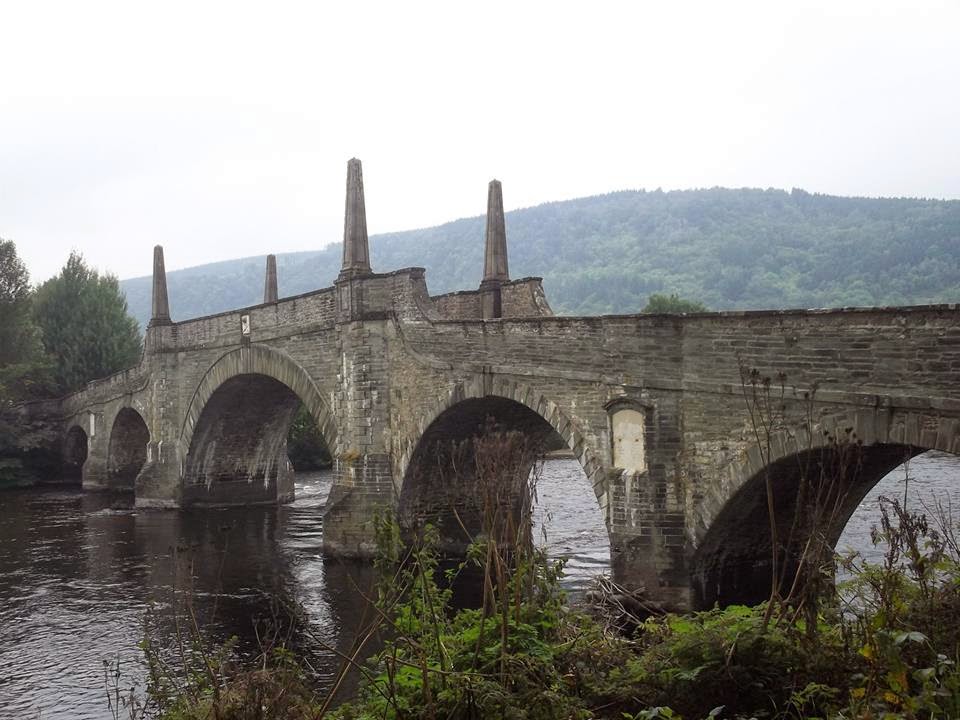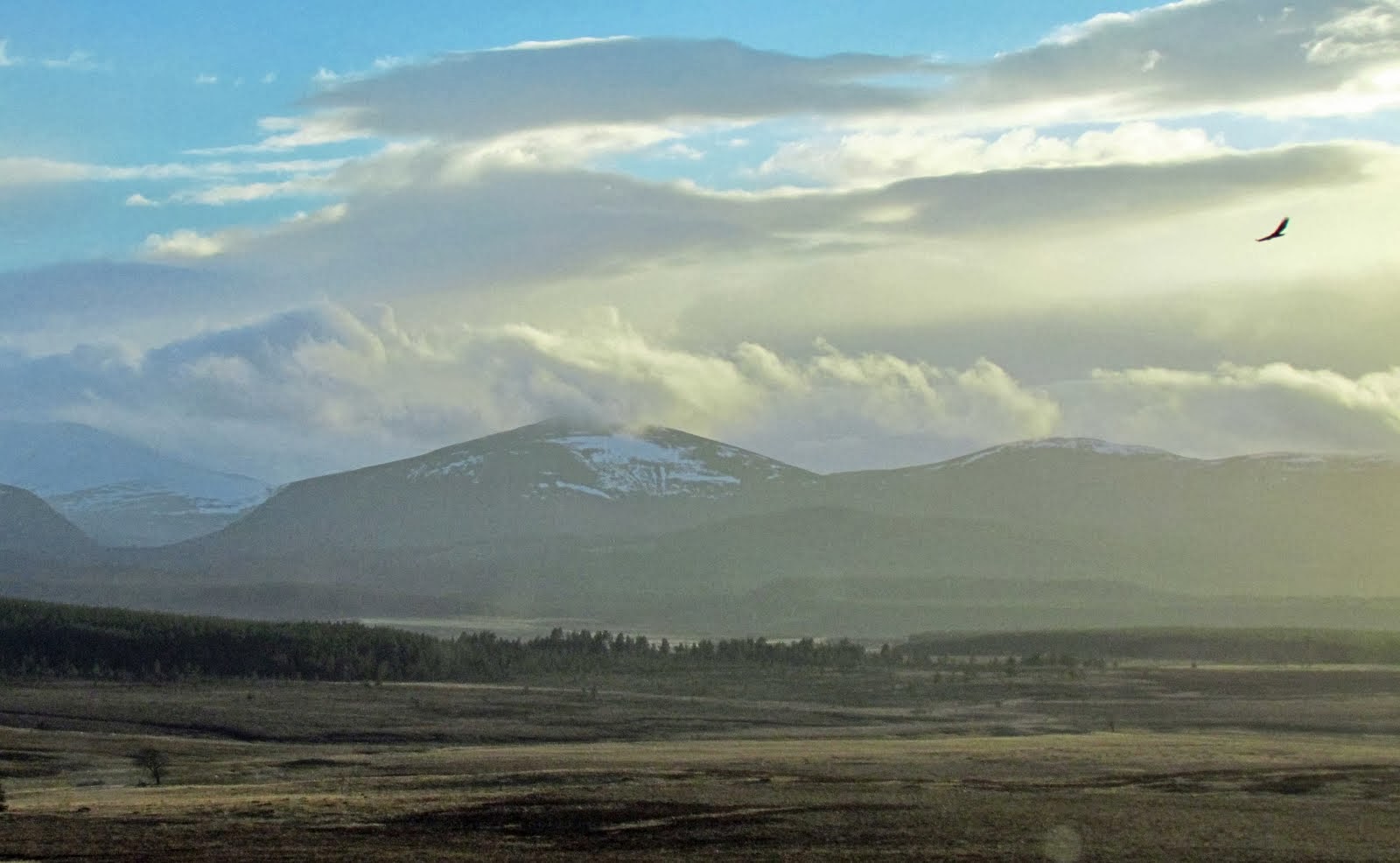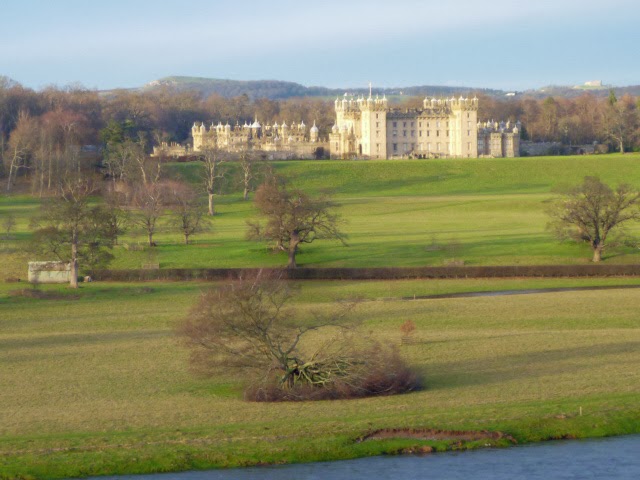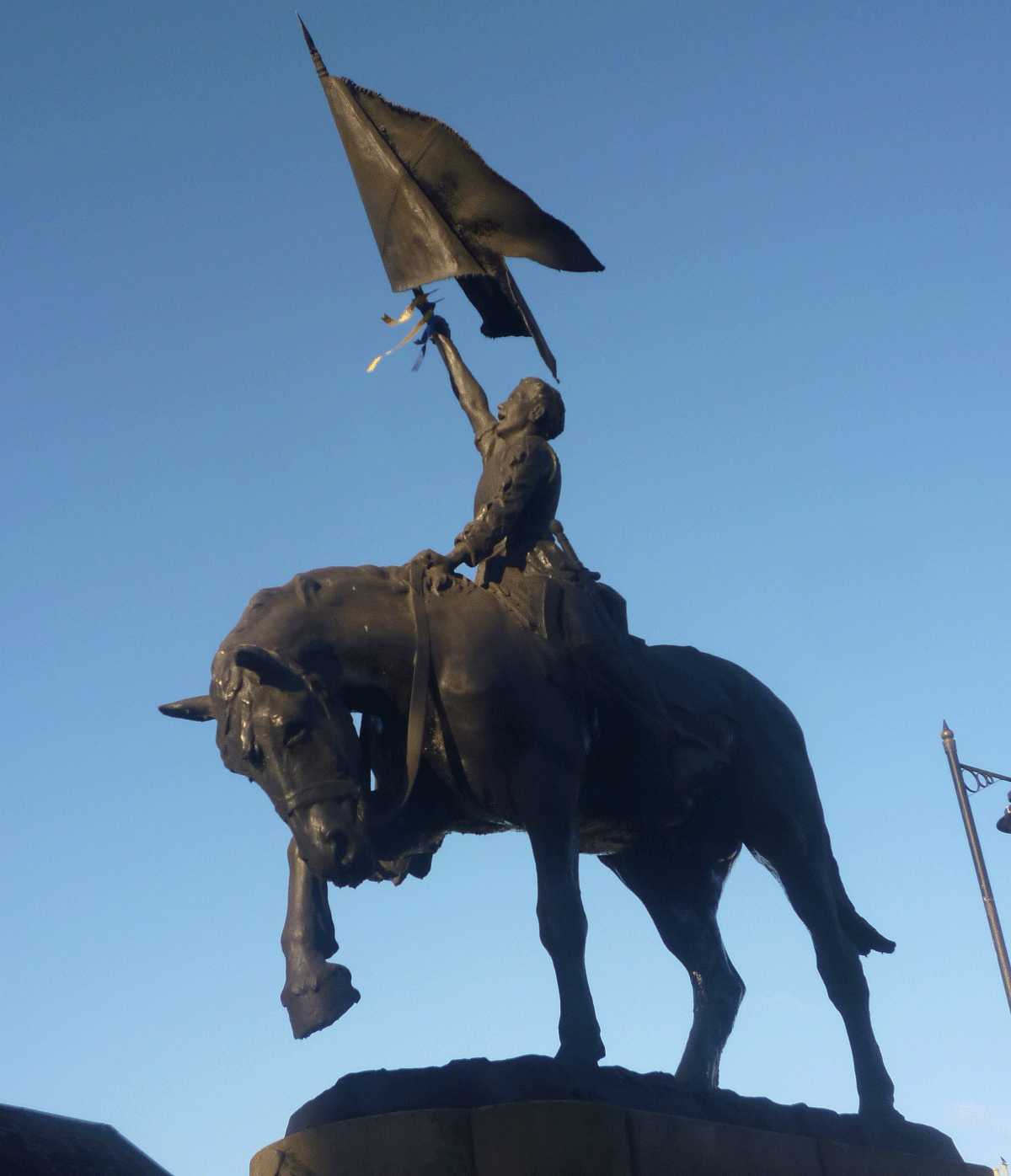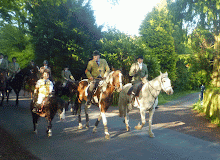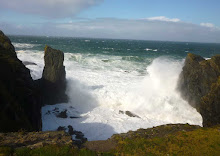I went down to Bught Park in Inverness today to see an International... Scotland v Ireland playing the hybrid rules that combine Scotland's national game of Shinty with its Irish brother, Hurling.
I once watched a Shinty game with an American client, and remember describing it as hockey with fewer rules. He said, 'Mmmh, strikes me as more like organised violence'. This was what we enjoyed today.
Watching the game, I was struck by the difference in the two sticks. As you can see from this advertisement, the Hurling stick has a flat surface and the Irish proved very skilled at picking up the ball, running with it tossing it up and hitting. The Shinty stick is better suited to hitting off the ground and this was where the Scottish points came from.
The word 'Shinty' probably comes from the Gaelic sinteag, a leap or bound, which may also be the root of the word 'shindig', a riotous party. The first reference to Shinty is actually in Kirk Session records of the City of Glasgow in 1589.
Hurling, probably Shinty's ancestor, has earlier roots: a 12th century Irish document refers to Cuchulainn, a mythological Celtic hero, who won fame by driving a ball into the snarling mouth of a guard dog.
Shinty or Camanachd is a part of Scotland's Gaelic heritage. In the bloody aftermath of the Battle of Culloden in 1746 tartan was banned, carrying weapons was banned, bagpipes were banned and there were attempts to ban both Shinty and Golf (that other Scottish game). But the subsequent Highland Clearances dispersed Highlanders and their Celtic culture all over the world; Shinty spread with them and there is now a US Camanachd Association. Golf seems to have caught on there too.
In Canada, they say, the game changed a little. In 1800 Scottish immigrants played on ice at Windsor; and ice hockey was born.
And what happened today?
Well, it was a bit like the Scottish Rugby team's performance in the recent World Cup in New Zealand: doing well at half time (11 - 5) but ultimate defeat (14 - 15). Both sides played well and there were remarkably few casualties.
Saturday, October 29, 2011
Thursday, October 13, 2011
Queen Victoria's Love of Scotland
I've been working a few weekends recently and, now that the season is over, today I took a day off - a walk down the lovely River Findhorn...
 At Dunkeld the Royal Party was met by the Atholl Highlanders, armed with the Lochaber axe. Received in an immense marquee, they were regaled with a gargantuan menu, a display of Highland sword-dancing and a taste of Atholl Brose. Taymouth Castle took things to a higher level. The firing of the guns," Victoria recorded in her Journal, "the cheering of the great crowd, the picturesqueness of the dresses, the beauty of the surrounding country, with its rich background of wooded hills, altogether formed one of the finest scenes imaginable. Lord and Lady Breadalbane took us upstairs, the hall and stairs being lined with Highlanders". If anything more were needed, dusk brought not only fireworks but 'Welcome Victoria - Albert' spelled out in hundreds of oil lamps, and the blaze of bonfires from a dozen nearby summits" .
At Dunkeld the Royal Party was met by the Atholl Highlanders, armed with the Lochaber axe. Received in an immense marquee, they were regaled with a gargantuan menu, a display of Highland sword-dancing and a taste of Atholl Brose. Taymouth Castle took things to a higher level. The firing of the guns," Victoria recorded in her Journal, "the cheering of the great crowd, the picturesqueness of the dresses, the beauty of the surrounding country, with its rich background of wooded hills, altogether formed one of the finest scenes imaginable. Lord and Lady Breadalbane took us upstairs, the hall and stairs being lined with Highlanders". If anything more were needed, dusk brought not only fireworks but 'Welcome Victoria - Albert' spelled out in hundreds of oil lamps, and the blaze of bonfires from a dozen nearby summits" .
Following the Battle of Culloden in 1746, Queen Victoria's great great grandfather George II had done everything in his power to destroy Highland culture (an undoubted seedbed of Jacobite discontent and a threat to the throne since 1689): the wearing of tartan was banned, the carrying of weapons was banned, the playing of the bagpipes was banned and the clan chiefs were stripped of their power. His son, the Duke of Cumberland thinned out the Highland population considerably and used their cattle to feed his occupying army. You would be forgiven for thinking that Highland culture was beyond saving.
So we should indeed be grateful to the Duke and Duchess of Atholl and Lord and Lady Breadalbane for their wonderful display of Highland hospitality. Without them and the Queen's resulting decision to buy Balmoral Castle unseen, those three great icons of our culture, Tartan, Bagpipes and Whisky, would never now be recognised worldwide.
... and a cup of tea at nearby Logie Steading, where there is a particularly good second hand bookshop. I fell prey to a book on Scottish surnames, a volume of Nigel Tranter's Fortified Houses of Scotland, and the book that has kept me engrossed for the past several hours, Ronald W Clark's Balmoral. No wonder Queen Victoria fell in love with Scotland when she visited first in 1842!
 At Dunkeld the Royal Party was met by the Atholl Highlanders, armed with the Lochaber axe. Received in an immense marquee, they were regaled with a gargantuan menu, a display of Highland sword-dancing and a taste of Atholl Brose. Taymouth Castle took things to a higher level. The firing of the guns," Victoria recorded in her Journal, "the cheering of the great crowd, the picturesqueness of the dresses, the beauty of the surrounding country, with its rich background of wooded hills, altogether formed one of the finest scenes imaginable. Lord and Lady Breadalbane took us upstairs, the hall and stairs being lined with Highlanders". If anything more were needed, dusk brought not only fireworks but 'Welcome Victoria - Albert' spelled out in hundreds of oil lamps, and the blaze of bonfires from a dozen nearby summits" .
At Dunkeld the Royal Party was met by the Atholl Highlanders, armed with the Lochaber axe. Received in an immense marquee, they were regaled with a gargantuan menu, a display of Highland sword-dancing and a taste of Atholl Brose. Taymouth Castle took things to a higher level. The firing of the guns," Victoria recorded in her Journal, "the cheering of the great crowd, the picturesqueness of the dresses, the beauty of the surrounding country, with its rich background of wooded hills, altogether formed one of the finest scenes imaginable. Lord and Lady Breadalbane took us upstairs, the hall and stairs being lined with Highlanders". If anything more were needed, dusk brought not only fireworks but 'Welcome Victoria - Albert' spelled out in hundreds of oil lamps, and the blaze of bonfires from a dozen nearby summits" . |
| Taymouth Castle |
So we should indeed be grateful to the Duke and Duchess of Atholl and Lord and Lady Breadalbane for their wonderful display of Highland hospitality. Without them and the Queen's resulting decision to buy Balmoral Castle unseen, those three great icons of our culture, Tartan, Bagpipes and Whisky, would never now be recognised worldwide.
Subscribe to:
Posts (Atom)





